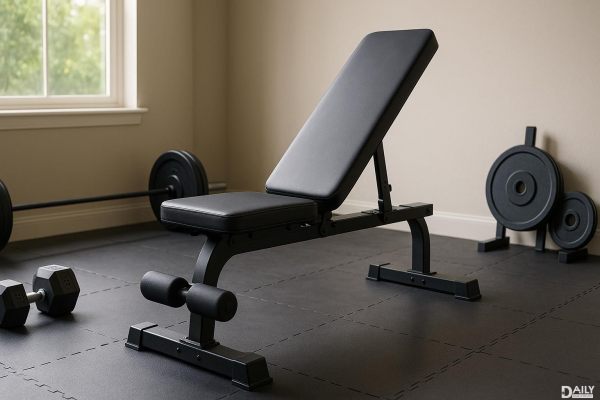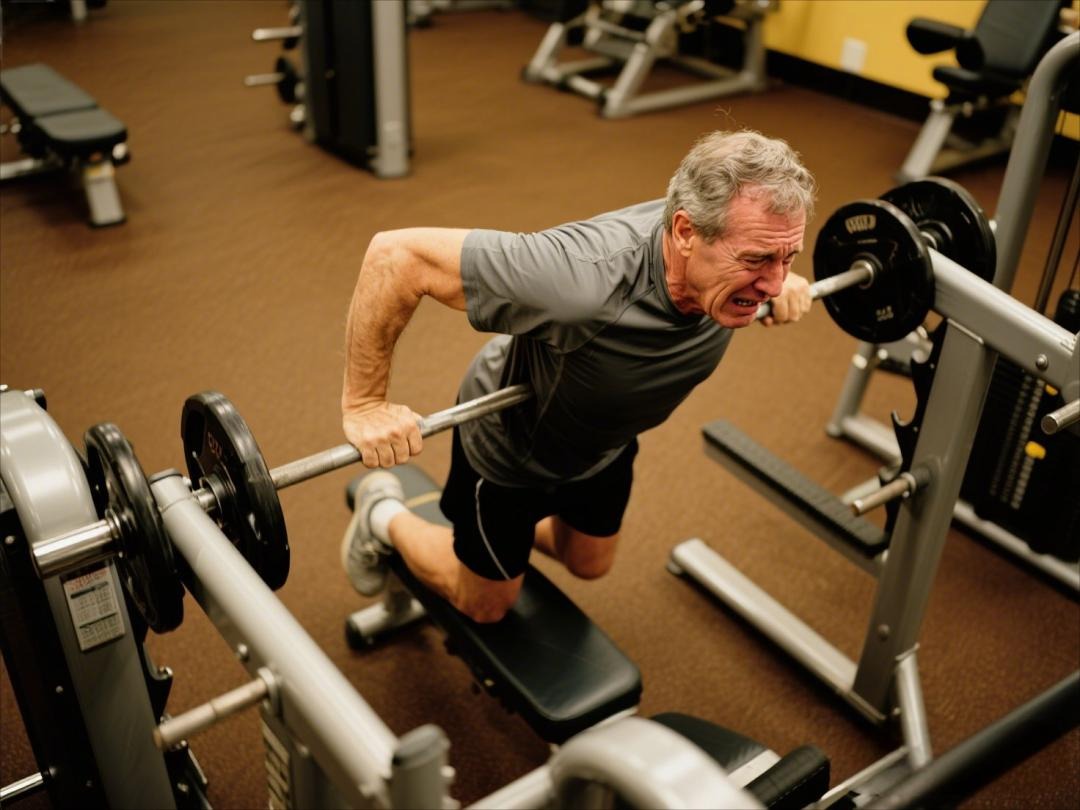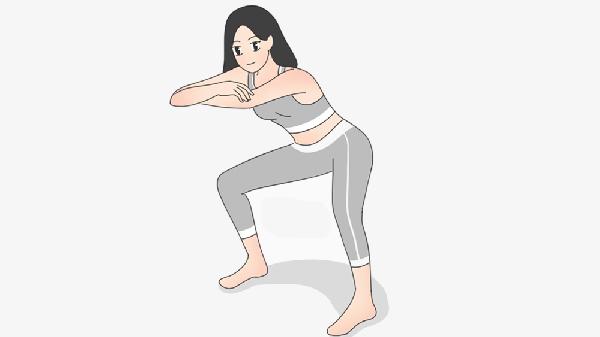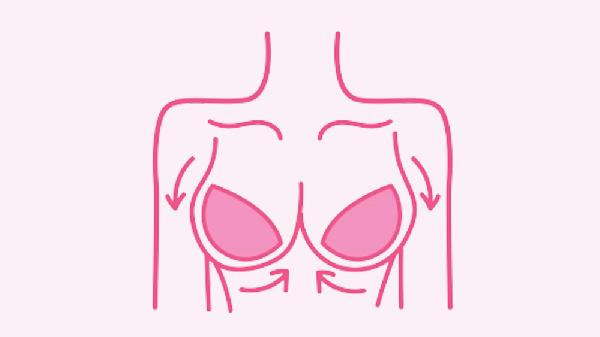Finding the perfect workout bench for your home gym isn't just about picking the shiniest model at the sporting goods store—it's about nailing those dimensions so you can actually move without knocking over your protein shaker or denting the drywall. The sweet spot? A bench that's roughly 17-20 inches tall, 10-12 inches wide, and 48-52 inches long fits most average-sized lifters while leaving enough floor space for your questionable dance moves between sets.

That 17-20 inch height range isn't arbitrary—it's biomechanics in action. Go too low (looking at you, 14-inch "compact" benches) and you'll struggle to maintain scapular retraction during presses, turning your chest day into a shoulder impingement party. Too tall? You'll waste energy hoisting yourself onto the thing like you're mounting a horse. Pro tip: Sit on the edge of your couch—that's usually about 18 inches, which makes for a great reference point. Adjustable benches solve this dilemma with multiple height settings, but fixed benches should match your tibia length (measure from knee to floor while barefoot) for optimal foot positioning during lifts.
Ever seen those comically narrow 8-inch benches that look like they were designed for Victorian-era strongmen? Yeah, those will have you doing the shaky-arm wobble mid-set. On the flip side, 14-inch wide monstrosities eat up precious real estate in small home gyms while restricting arm movement during dumbbell flyes. The 10-12 inch sweet spot provides enough surface area to stabilize your shoulder blades without turning your bench into a twin mattress. Padding thickness plays into this too—look for 2-3 inches of high-density foam that won't pancake after six months of heavy use.
At 6'4", I've faceplanted off enough short benches to write a tragedy. Standard 48-inch benches leave taller athletes with their upper backs hanging off like a failed magic trick. If you're over 6 feet, spring for a 52-inch model or an adjustable bench with extendable seat pads. But here's the kicker—extra length becomes problematic in cramped spaces. Measure your room's clear floor area first: you'll want at least 24 inches of clearance on each side for safe dumbbell work and 36 inches behind for bench walkouts.
Those sexy foldable benches seem perfect for apartment dwellers until you realize they still need 18 inches of vertical clearance when stored—basically a wall coffin for your equipment. The folding mechanism also introduces wobble that'll have you questioning your life choices during heavy incline presses. Fixed benches with wheels on one end (like the Rogue AB-2) offer better stability while allowing you to tilt and roll them into corners. For truly tight spaces, consider a vertical storage rack or wall-mounted hooks to keep your floor clear for yoga... or for staring at the ceiling between sets.
Ever sat on a bench that feels like a marshmallow and thought "this is fine" until you unrack 225lbs and suddenly realize you're sinking into the abyss? Cheap benches skimp on foam density (measured in pounds per cubic foot) with 1.8-2.5 lb foam that compresses faster than your New Year's resolutions. Premium benches use 3.5-4 lb density foam that maintains its shape for years—worth every penny when you're grinding out reps. The vinyl or leather covering matters too; skip the shiny "pleather" that makes you slide around like a greased pig during summer workouts.
Basic adjustable benches offer 3-5 back positions, but serious lifters should look for models with precise angle indicators (30° for incline presses, 15° for shoulder-friendly variations). The real game-changer? Independent seat adjustments that prevent the dreaded "butt slide" during decline work. Watch out for gap distance between seat and back pad—more than 2 inches can leave your glutes unsupported during heavy presses. Some elite benches like the Rep AB-5000 even offer a "true" flat position where the back pad actually goes slightly negative to eliminate any gap.
That "1000 lb capacity" sticker looks impressive until you realize it's distributed weight—meaning your 315 lb bench press plus your 200 lb bodyweight already puts you in the danger zone on cheaper models. Look for benches with fully welded steel frames (not bolted joints) and at least 11-gauge steel construction. The support feet should have rubberized caps to prevent floor damage, and wider bases (minimum 30 inches between legs) prevent the terrifying bench wobble during asymmetrical lifts like single-arm presses.
At the end of the day, the perfect bench dimensions depend on your body, your space, and your lifting style more than any marketing specs. Take measurements of your ceiling height (don't forget about overhead presses), doorway widths (unless you enjoy disassembling furniture), and workout area before committing. And if all else fails? Test benches at your local gym—their equipment has survived years of abuse, which tells you more than any product description ever could.
























